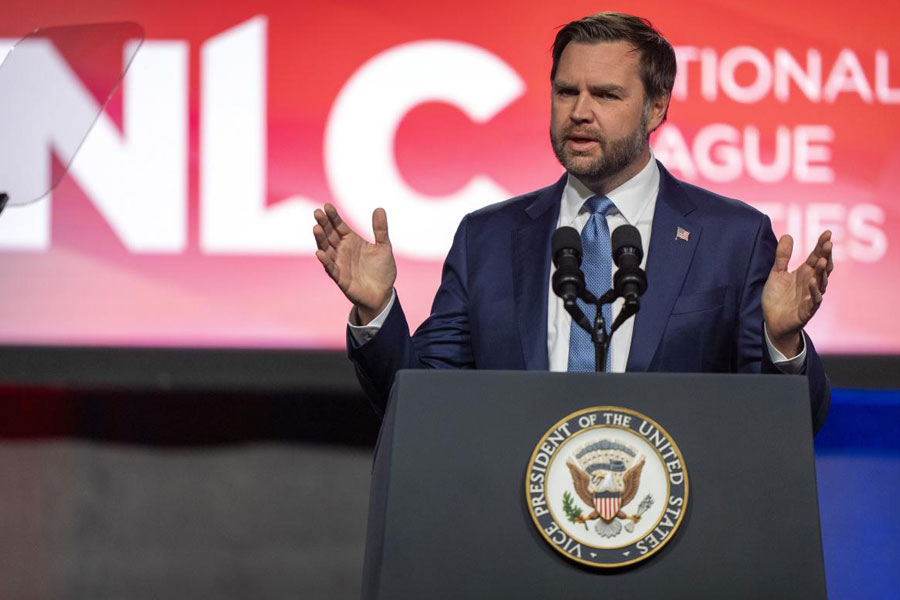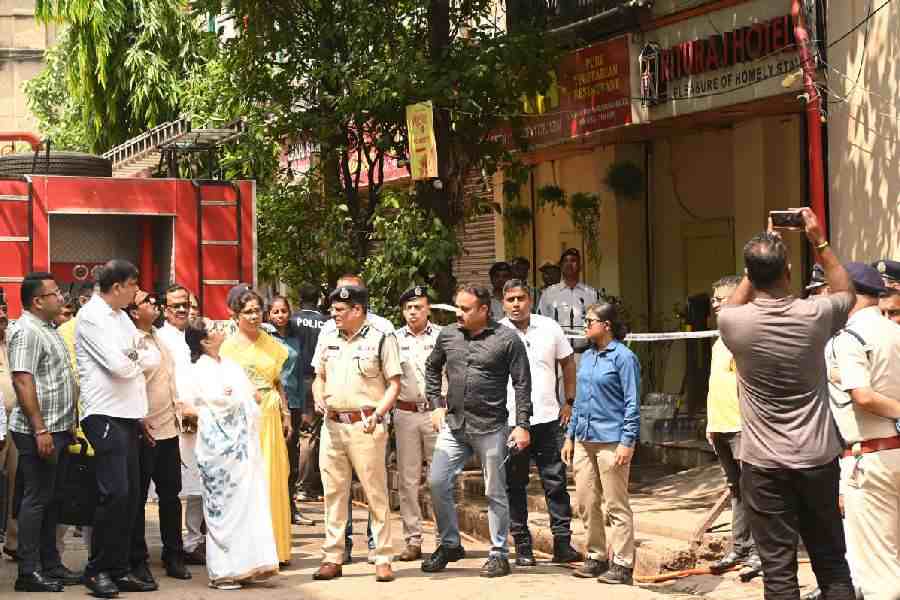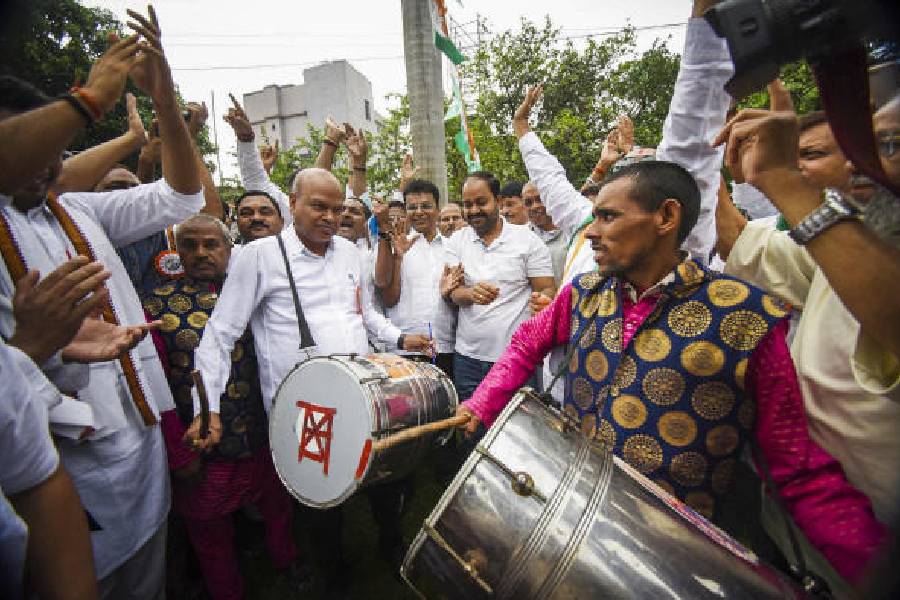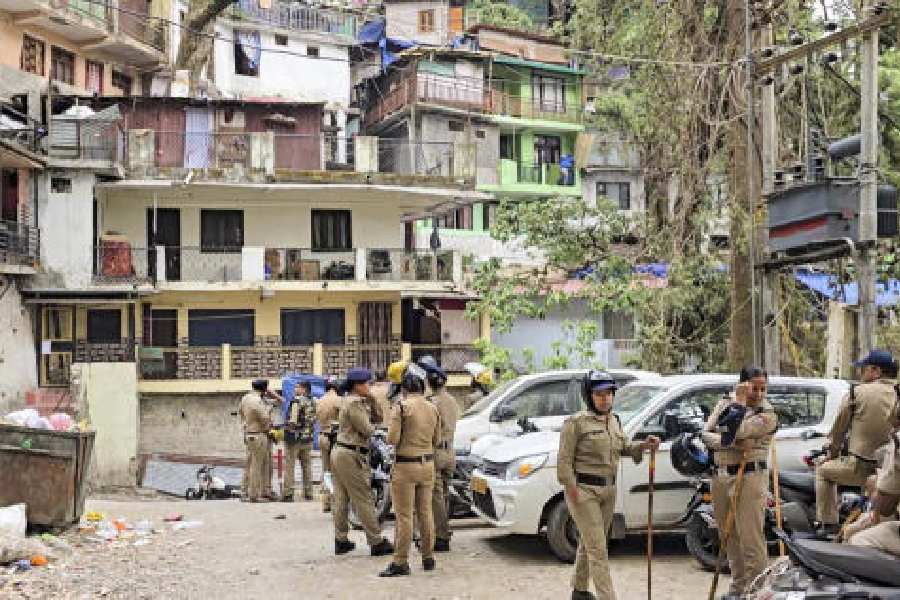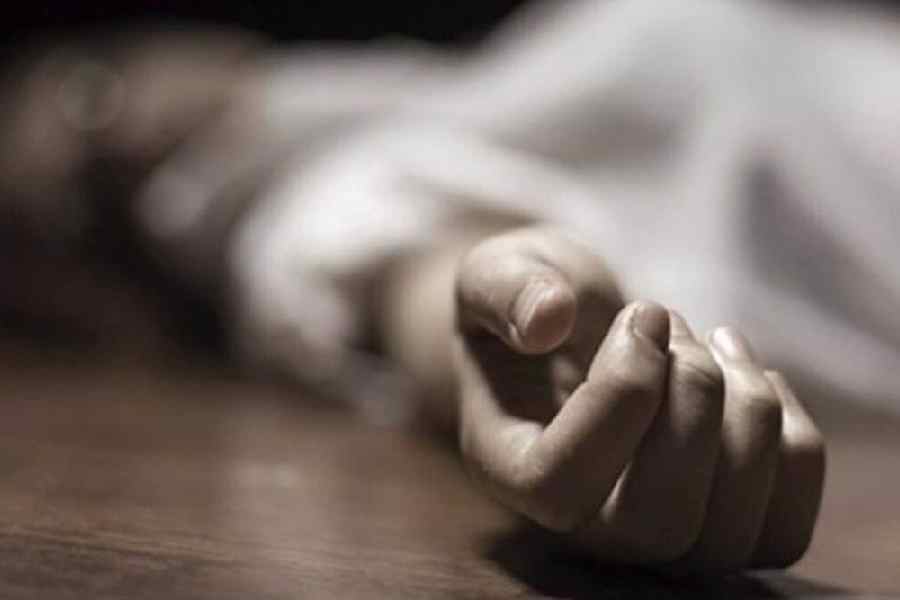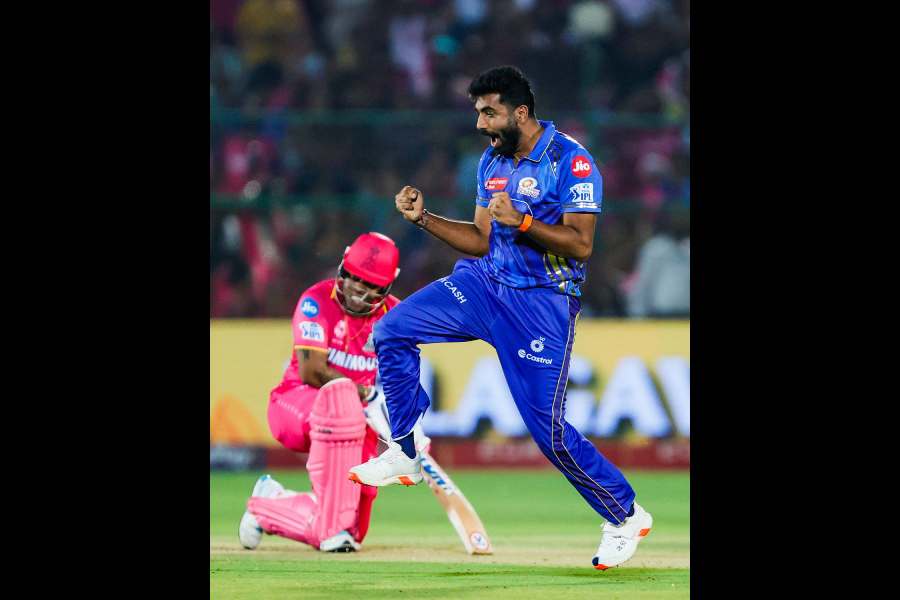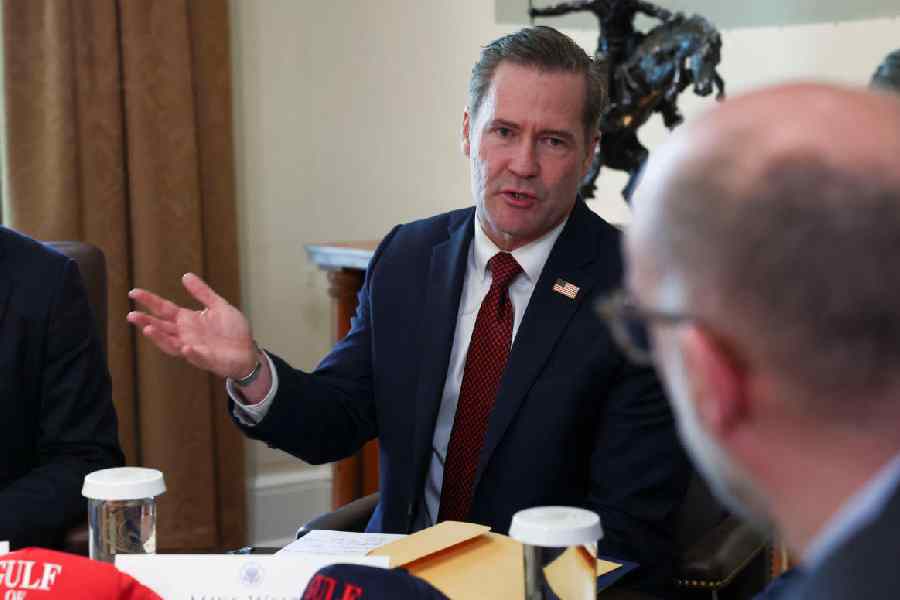
Mamata Banerjee will hold the 100th administrative review meeting of the government at Sanskriti Mancha, an auditorium in Burdwan, on Wednesday. The concept of administrative review meetings, where the progress of projects is reviewed, is not new, but Mamata has made them different by involving herself and the entire administration brass in a routine government exercise. In the run-up to Wednesday’s meeting, Mamata has used the social media to highlight how these meetings have brought about a change in governance.
“Our philosophy is, from CMO to BDO to the grassroots,” Mamata tweeted on July 6, a day before her 99th administrative meeting, in Birbhum’s Bolpur. While it cannot be denied that the presence of the chief minister at such meetings speeds up the delivery system and some benefits have trickled down to the grassroots in the past four years, it is also true that the attempt to create a hype around them is part of a political agenda.
Besides, there have also been questions on whether a well-oiled monitoring system could have been put in place and allowed to run in auto-pilot mode instead of the elaborate district meetings, which cost the state exchequer close to Rs 30 crore. The Telegraph gives a low-down on the meetings.
FIRST OF SORTS
Mamata is right to claim a first as no Left Front chief minister had ever held such meetings. In case of the Left governments since 1977, the departmental secretaries and senior officials used to visit the districts or hold meetings in Calcutta to take stock of projects.
But at the mandatory rallies after Mamata’s review meetings and in the run-up to the events, some never-before developments were witnessed.

• CM SPOTS A MAOIST
“Oke dhorun toh... ekkhuni dhorun (catch him at once),” Mamata had ordered police after Shiladitya Chowdhury, a resident of Binpur in West Midnapore, had asked her about rising fertiliser prices at a rally after a review meeting in Jhargram on August 8, 2012.
After the police took Chowdhury into custody, the chief minister had said: “Did you see how I caught one of them red-handed?” Mamata labelled him a Maoist.
The case against Chowdhury, a bus conductor who used to earn Rs 200 a day, is still on and he is trying to shed the Maoist tag bestowed on him by Mamata.
• PUBLIC SERVANTS FACING THE PUBLIC
Life has become difficult for babus in Bengal since May 2011 as they have to face the public at rallies. Former chief secretary Samar Ghosh had witnessed the first embarrassing moment in Jhargram on January 12, 2012, when Mamata had asked him whether work on a bridge between Bharsaghat and Nayagram had started.
A hesitant Ghosh had initially tried to answer from his seat, but the chief minister told him to address the public. The then chief secretary had reluctantly stepped forward, taken the microphone and said tenders had been floated, a claim later found to be untrue.
“We get goose bumps when we go for these rallies, which follow closed-door administrative meetings. The chief minister can ask anyone to address the crowd,” a senior bureaucrat said.
• FRAMED WITH MURDER ACCUSED
On July 9, 2014, top bureaucrats were seen standing behind Trinamul MLA Manirul Islam, who was accused in a murder case, on the dais when the chief minister was addressing a gathering in Bolpur after an administrative meeting. On the dais, Birbhum Trinamul chief Anubrata Mondal, accused in another murder case, was also present.
The Telegraph had carried a picture of the senior officials standing behind Manirul, the Labhpur MLA. After the picture was published, several officials had told this newspaper that it was the most embarrassing moment of their lives.
“I received several calls after the picture was published in the newspaper and everybody wanted to know what we were doing with Manirul. It was not possible to explain to everybody that we had no option as the chief minister had asked us to be present on the dais,” an official said.
• POWER CUT PROMPTS SUSPENSION
Three engineers posted in Jalpaiguri and Darjeeling were suspended in June 2014 after the air-conditioning machines stopped working in the bungalows where the chief minister had put up.
“Mere technical faults were found to be the reason and power was restored within half an hour. But the chief minister was so furious that the engineers had to face her wrath,” an official said.
Officials in the PWD said it was the first time in Bengal that engineers were suspended on the orders of the chief minister.

addresses the rally in Bolpur on July 9, 2014
THE KEY NUMBERS
Mamata has always been eloquent about the number of review meetings and she often claims that she has taken the government to the districts for the first time in Bengal. But a few other numbers have not found mention in the official claims.
• Most visited: Darjeeling is the district which the chief minister has visited the maximum number of times. These visits include administrative review meetings, trips after natural calamities and inauguration of Uttarbanga Utsav. Officials said the chief minister had visited Darjeeling at least 12 times in the past four years.
• Least visited: The chief minister has hardly visited South Dinajpur. While Mamata has held six review meetings for each district in the past four years, she has visited South Dinajpur only twice, a source said. “This is because
she clubs the administrative meetings of the district with those of neighbouring North Dinajpur and holds them in Raiganj,” a CMO official said.
• Average size of entourage: Around 45 to 50 officials travel from Calcutta to the districts. The entourage includes
secretaries of 32 line departments (those that implement projects), top police officers, including the DGP, and officials of the CMO and the information and cultural affairs department.
• Spending on a meeting: Each visit, which usually includes a closed-door administrative meeting and a public rally, costs Rs 35 lakh to Rs 40 lakh on an average, a district magistrate said.
“Around Rs 10 lakh is needed to make arrangements for food packets for officials and pay for the travel bills of district officials. The rest of the amount is spent on the rally addressed by the chief minister,” he said.
Total cost of the exercise: Around 75 per cent of review meetings are followed by rallies.

COST-BENEFIT ANALYSIS
Although the chief minister has said several times that the review meetings have boosted the implementation of projects in the districts, senior government officials said these have caused several hurdles in the delivery system of the administration.
• Funds headache: As no additional funds are allotted for the meetings, DMs have to meet the expenses from their contingency funds.
On average, Rs 1 crore is set aside annually for office expenditure and emergency spendings during natural calamities. A large portion of these funds is being used these days to meet the expenses on the review meetings.
• DMs as event managers: The DMs need around 15 days to arrange for the district review meetings. The preparations start two weeks in advance. The to-do list includes booking a meeting hall, making arrangements for the chief minister’s night stay and security, deploying officials and distributing responsibilities among them besides overseeing the building of the rally dais and readying the ground. “This means all other administrative work in the districts stops for over two weeks. It’s a headache,” a DM said.
• Back-to-back meetings: Sometimes, the meetings are held in quick succession and the officials get little time to implement the instructions of the chief minister. There are instances of such meetings being held in a gap of five months and orders, which range from setting up guest houses to identifying new tourist destinations, cannot be implemented in such a short period. “There is no time for follow-up action and she doesn’t like to hear the work has not been done.... So, it’s a huge problem,” another DM said.
• No agenda: Most of the meetings usually don’t have any fixed agenda. Based on figures collected by the CMO, the chief minister starts asking questions to district officials. “Sometimes, the officials get rattled as it is not possible to tell the chief minister about the latest developments of all projects. Had there been an agenda, the district authorities could have been more prepared,” said an official, adding that the projects of 34 line departments run in tandem in the districts.
• Officers hauled up: There have been instances of senior officials being hauled up in front of juniors, which affects the chain of command system. Recently, during a meeting in Purulia, an official of principal secretary rank was rapped after the chief minister expressed her dissatisfaction with the progress of projects run by his department. A couple of years ago, an official of the rank of additional chief secretary had expressed his desire to apply for voluntary retirement after he was chided in front of juniors during such a meeting. After the official took voluntary retirement, he was given a constitutional post.
WHY THE MEETINGS
Two senior officials told this newspaper what they thought were the reasons why Mamata held such meetings.
• SENSE OF IMPORTANCE: “The chief minister enjoys the fact that all officials in the districts are on their toes when she goes there. This is the reason why PWD engineers get suspended even if there is a small problem,” one of the officials said.
• LOVE FOR TRAVEL: Mamata does not like to be confined to her cabin on the 14th floor of Nabanna for long. She likes to travel to various places and admires scenic beauty. She does not feel good if she doesn’t get a chance to connect with people directly.
“This is why she attends so many rallies and rushes to the districts and takes photographs whenever something catches her eye,” the other official said.
• FULFILMENT OF POLITICAL AGENDAS: The chief minister is conscious about what she is promising. If she has promised something for a district, she keeps officials busy until it is done. It is a part of her self-made image. This is why she inaugurates so many projects during the public meetings in the districts after almost every review meeting, the officials said.
“This apart, she gets a chance to take stock of the political situation in the districts during her visits. She is not only the chief minister but also the face of her party. She has her political agendas too,” one of the officials said.
WHAT’S LINED UP
The chief minister is expected to inaugurate and lay the foundation stones of 100 schemes on Wednesday. The departments whose projects will be inaugurated include education, health, irrigation, MSME, self-help groups, agriculture, public works, women and child development and urban development. Mamata will distribute benefits to
100 people from the dais.
OUR BUREAU


